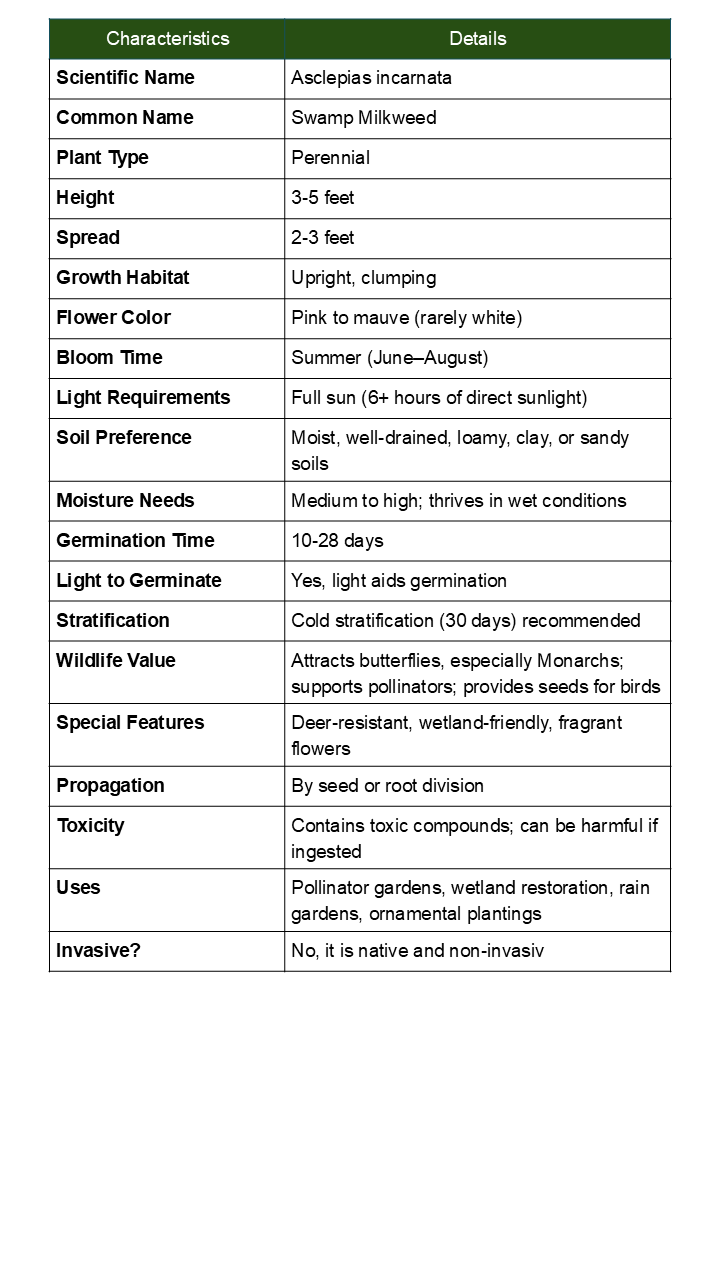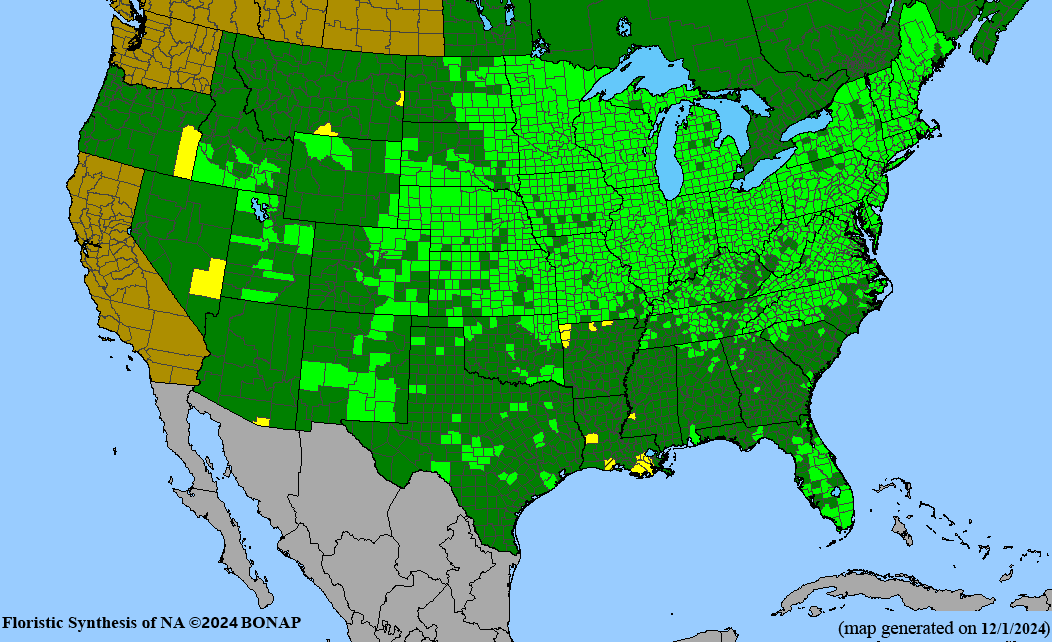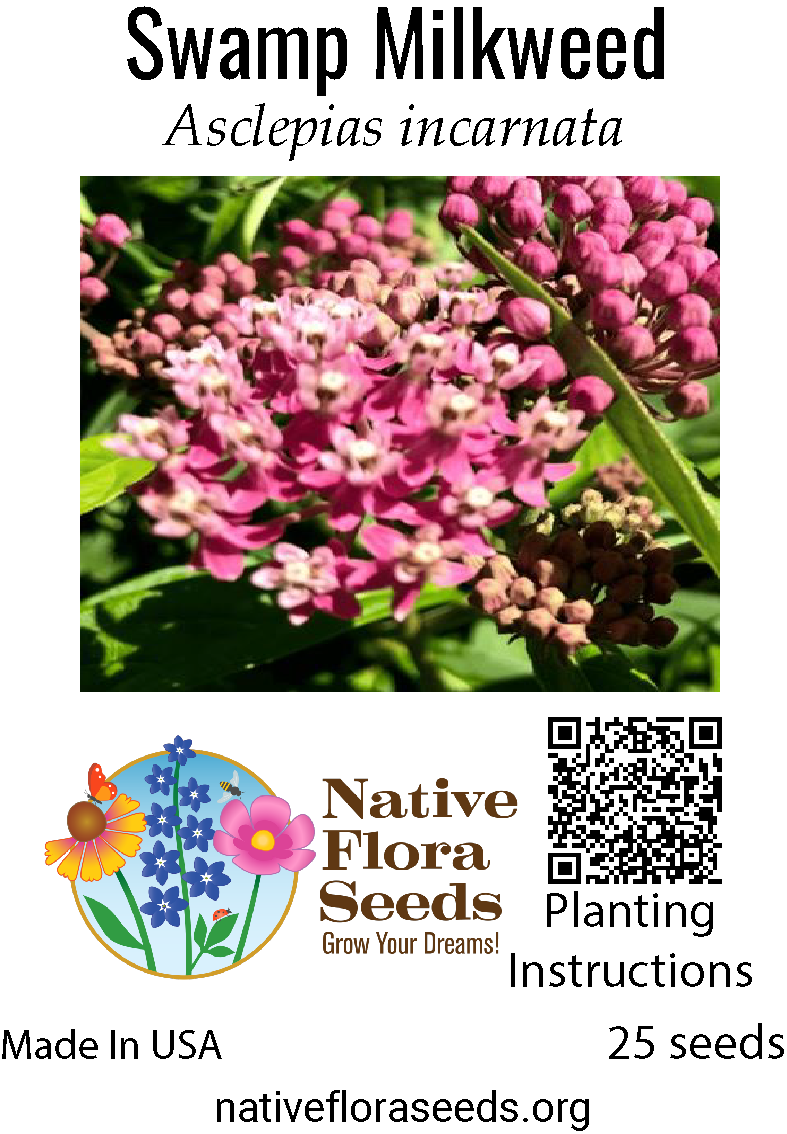Swamp Milkweed Seeds - Native Monarch Butterfly Host Plant (Asclepias incarnata)
Beautiful Native Swamp Milkweed - Monarch Butterfly Essential
Asclepias incarnata, commonly known as Swamp Milkweed or Rose Milkweed, is a stunning native perennial that brings vibrant pink to rose-purple blooms and essential monarch butterfly habitat to your garden. This graceful wetland native produces clusters of fragrant flowers from mid-summer through early fall, creating a spectacular display that attracts monarchs, butterflies, and beneficial pollinators when they need it most.
Outstanding Features:
- Monarch Butterfly Host: Essential breeding plant for monarch caterpillars and nectar source for adults
- Wetland Specialist: Thrives in moist conditions where other milkweeds struggle
- Fragrant Blooms: Sweet-scented flowers attract butterflies from great distances
- Long Blooming: Continuous flowers from July through September
- Rain Garden Perfect: Excellent for bioswales and water management areas
Growing Information:
Height: 3-5 feet | Spread: 2-3 feet | Sun: Full sun to partial shade | Soil: Moist to wet, adaptable | Zones: 3-9
Planting Guide: Direct sow in fall or cold stratify seeds for 30 days before spring planting. Seeds need light to germinate - barely cover with soil. Prefers consistently moist soil and tolerates seasonal flooding.
Create a vital monarch waystation while enjoying months of fragrant pink blooms that support declining pollinator populations and add elegant beauty to wet areas of your landscape.
FREE SHIPPING WITHIN USA



